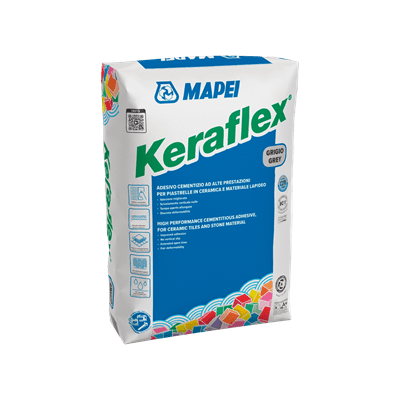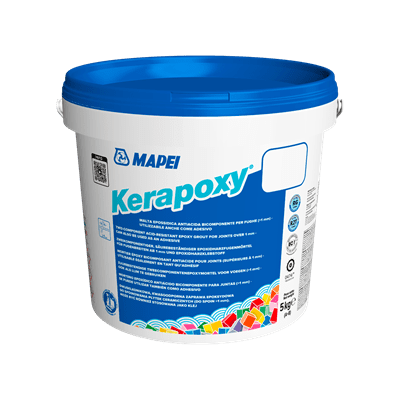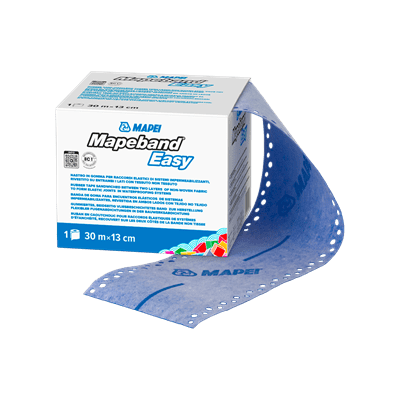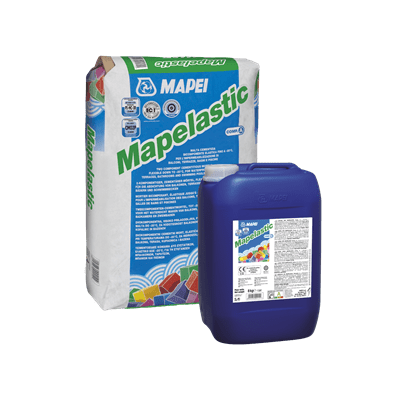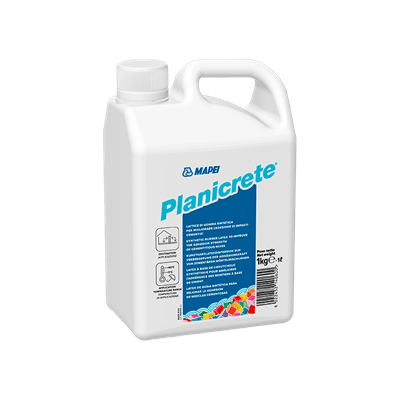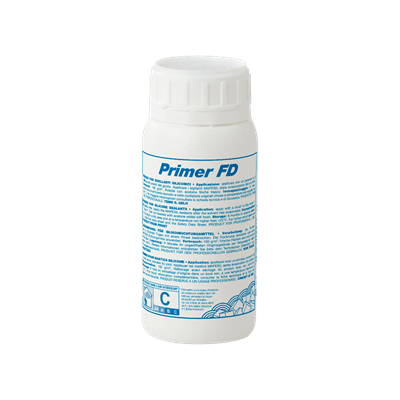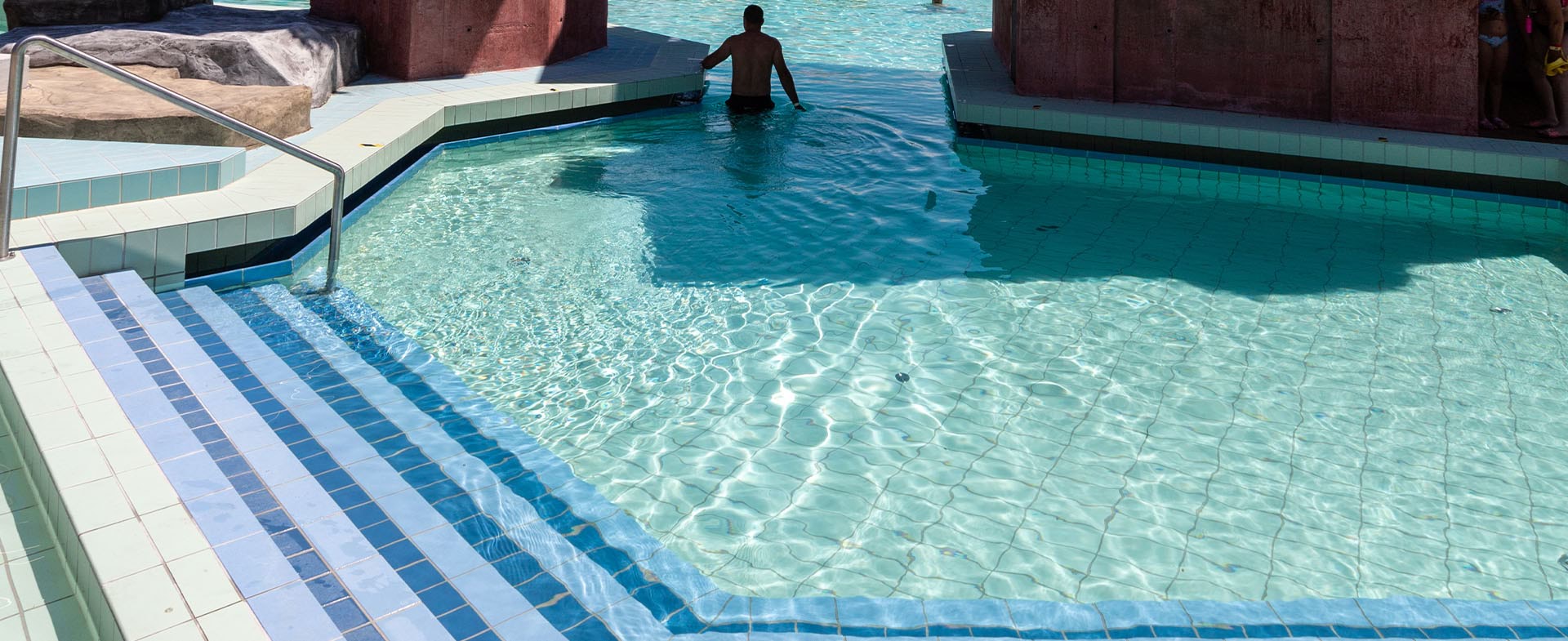

The expert's opinion
/
8/30/2023
Installing ceramic tiles in pools: application guidelines
Knowing the basic rules for this type of application ensures long-lasting and quality results
Knowing the basic rules for this type of application ensures long-lasting and quality results
Knowing the basic rules for this type of application ensures long-lasting and quality results
Many installers of ceramic tiles are afraid of working in pools, but if you know the basic guidelines, the key cornerstones, this is a good opportunity to ensure sound installation and grow your business by doing a wider range of works. Let's take a look at the basic rules you need to know about installation in pools, even for the smallest family home jobs.
The right substrate
The most important thing is the area of work that can be used for the job, i.e. the body of the pool itself. Only and exclusively watertight reinforced concrete pool shells are suitable for receiving tiles. A pool made of hollow formwork blocks, on the other hand, can, in most cases, be covered with a PVC waterproofing membrane specific for swimming pools. It is very important that the pool deck is successfully tested for watertightness beforehand. In fact, installation works can only be started if the structure has passed the watertightness test and the substrate has proved to be sufficiently solid, compact, free of cracks and has an adequate layer of concrete over the reinforcing rods. The watertightness test and the pool test are specified in the requirements of several national and international standards, i.e. these requirements are not optional or a manufacturer's recommendations only.
Correct flatness for the sides and bottom
The surfaces of reinforced concrete pools are typically not flat enough to receive ceramic coverings. These surfaces can be levelled off correctly with PLANITOP FAST 330 quick-setting, fibre-reinforced levelling mortar, which is suitable for both internal and external floor and wall substrates. On the bottom of the pool, in addition to PLANITOP FAST 330, TOPCEM PRONTO ready-to-use, normal-setting, controlled-shrinkage mortar can be used to create quick-drying (4 days) screeds, which can be bonded with a bonding slurry made from PLANICRETE latex and TOPCEM.
Waterproofing solutions
Once the surfaces had been levelled off, they need to be waterproofed. MAPELASTIC two-component, flexible cementitious membrane is a good choice for this purpose, as well as other solutions from the MAPELASTIC range (MAPELASTIC AQUADEFENSE, MAPELASTIC SMART and MAPELASTIC TURBO). Products from the MAPELASTIC line of membranes should be applied in two coats for a total thickness of at least 2 mm. It is possible, and rather advisable, to embed MAPENET 150 fibre glass mesh or MAPETEX SEL polypropylene fabric between two coats of MAPELASTIC for reinforcing the waterproofing layer, especially if the pool is subjected to high loads or deformations. To ensure sound waterproofing at the corners between walls, between the bottom and the walls and around pipe penetration points, MAPEBAND EASY elastic rubber tape and other accessories should be used in conjunction with MAPELASTIC.
Which adhesive to bond tiles?
The adhesive chosen to install ceramic tiles in pools depends primarily on the type of tiles and the location of the pool. For example, glass mosaics can be bonded with a suitable mix of white KERABOND T cementitious adhesive and ISOLASTIC latex additive. When installing ceramic tiles KERAFLEX S1 may be a good choice, even outdoors. ADESILEX P9 may also be a suitable solution for an indoor pool with ceramic tiles under less stressful conditions.
Grouting joints
When grouting joints in swimming pools, it is possible to choose cementitious grouts, such as ULTRACOLOR PLUS, or epoxy grouts, such as those from the KERAPOXY range, thereby ensuring higher chemical resistance. Expansion joints in the surface of walls and the bottom of a pool can be sealed with MAPESIL AC, mould-resistant, acetic-crosslinking silicone sealant after applying PRIMER FD as a bonding enhancer.










